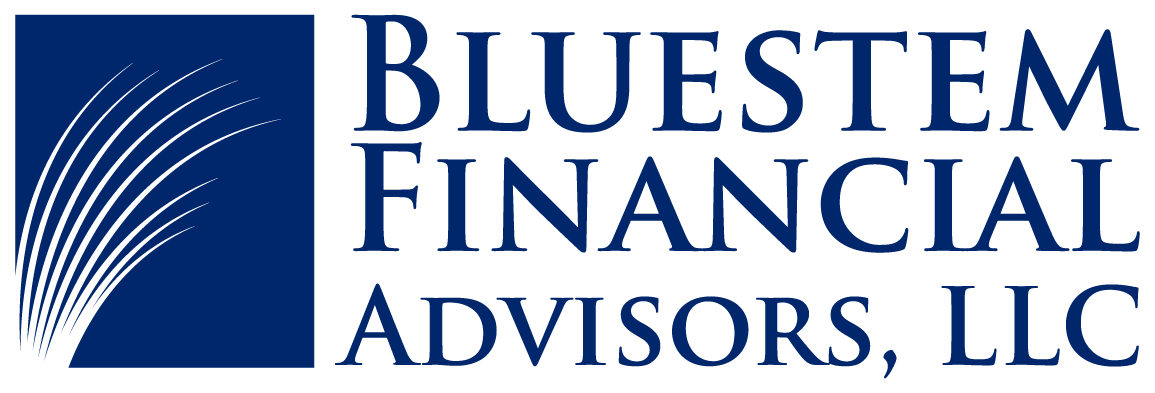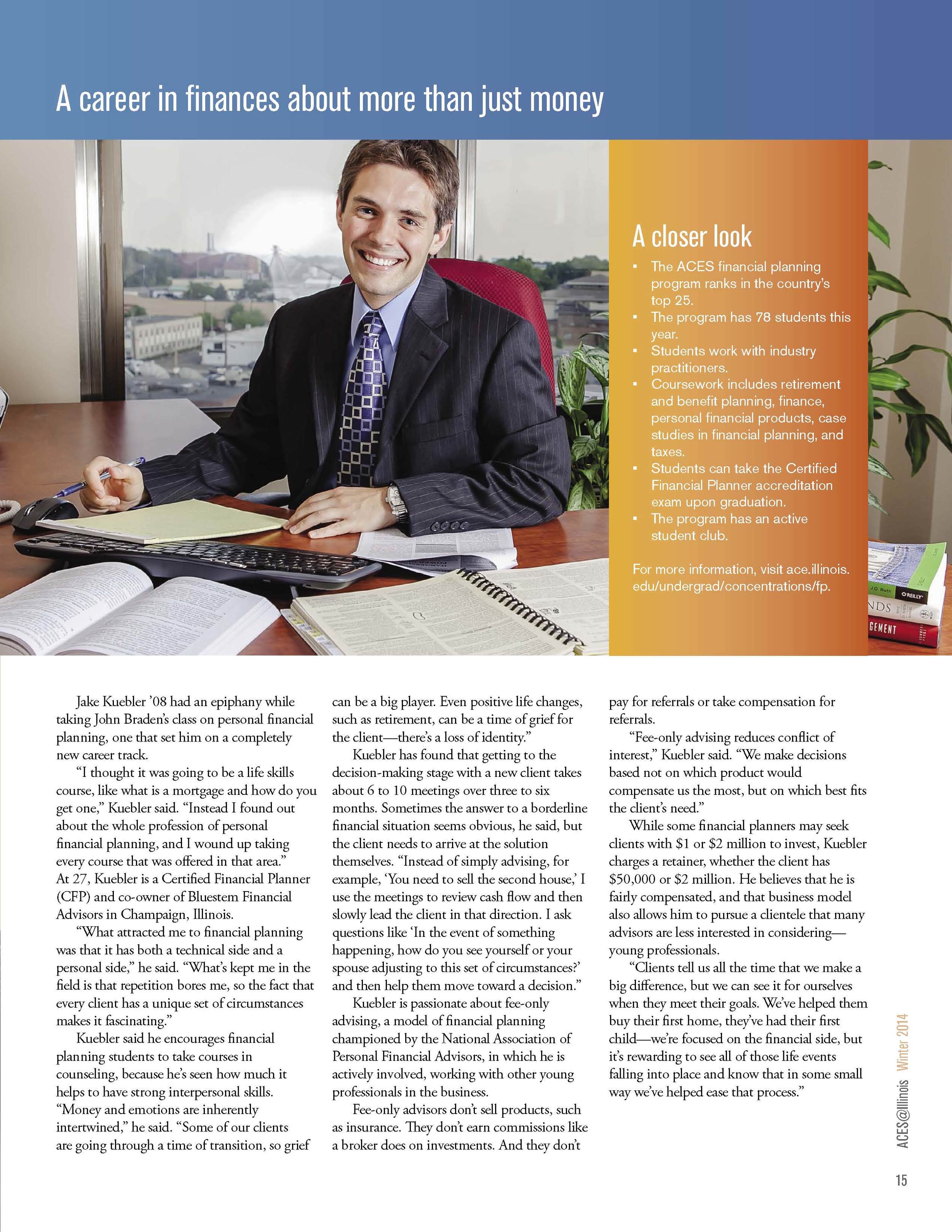Guest Blogger: This post was written by Mary Carroll, a senior studying Financial Planning at the University of Illinois. Mary is working towards becoming a Certified Financial Planner. She serves as President of U of I’s Financial Planning Club and is currently an intern at Bluestem Financial Advisors, LLC. One of the biggest fears students have is getting a zero on an assignment. There are times however when the goal of the assignment IS to get a zero. That’s right, you may be able to zero out your student loan debt in five steps. This assignment may not be an “Easy A”– but it could save you thousands on your student loan repayment.
Before we jump into the five steps, a quick history lesson: In 2007, President Obama signed into law the Public Service Loan Forgiveness (PSLF) program to ease the overwhelming student loan burden for many entering full-time public service jobs, often at lower pay than in private sector jobs. PSLF is designed to forgive the remaining balance (and accumulated interest) on federal student loans for certain borrowers after they have made 120 qualifying payments while employed full time by certain public service employers.
There are five “Rights” to Student Loan Forgiveness to ensure you don’t get it “Wrong”:
1) The Right Loan: applies to Federal Direct Loans ONLY. Direct Loans include subsidized and unsubsidized Stafford loans, PLUS loans, and Direct Consolidation Loans. This program does not apply to any private student loans.
2) The Right Repayment Plan: You must be using one of three repayment plans that base payments on income: • Pay-As-You-Earn (PAYE) or Revised Pay-As-You-Earn (REPAYE) • Income-Based Repayment (IBR) • Income-Contingent Repayment (ICR)
3) The Right Kind of Employment: Full-time employees at Universities (that are not-for-profit) and tax-exempt organizations under section 401(c)(3), such as the University of Illinois, qualify you! “What qualifies as full-time employment?” Is a common question. The answer is an average of 30 hours per week for the year. As a teacher (or other employee) under contract for at least 8 months for the year, you meet the “full-time standard” if you work an average of at least 30 hours per week during your contractual period. Additionally, the PSLF program applies to other jobs besides University Employees. Qualifying public service employment in the government, a 501(c)(3) nonprofit organization, full-time AmeriCorps position, the Peace Corps, or a private “public service organization” qualify you as well.
4) The Right Number of Payments: Rinse, lather, and repeat 120 times (once a month for ten years). The only payments that count are payments that you have made while doing Steps 1-3 any time after October 1, 2007. This means that payments made before electing an income-based payment plan and prior to beginning public service work, won’t count toward the 120 number you need. Payments must also be made on-time (meaning no later than 15 days after their due date).
5) The Right Documentation: Show your work!! How many times do you have to tell your students that one? Show your work and turn in an employment certification form periodically to the Department of Education. They will let you know if you are on the right track to receive loan forgiveness. You don’t want to get to the end of your 120 payments only to learn you messed something up!
An added bonus point to the assignment: Typically, when a debt is forgiven the IRS includes the amount forgiven as taxable income in the tax year the loan is forgiven. However, any amount forgiven at the end of the 10 years due to the PSLF program is forgiven tax-free. This means you avoid paying federal income tax on the amount forgiven, which is an additional savings! Thank you, teacher!!
Don’t be tardy – start on these 5 steps today!
For more information check out the resources provided below.
Unsure of what type of loan you have? Visit: https://studentaid.ed.gov/sa/?login=true Income Drive Repayment Plans: https://studentaid.ed.gov/sa/repay-loans/understand/plans/income-driven Employment Certification Form: https://studentaid.ed.gov/sa/sites/default/files/public-service-employment-certification-form.pdf https://studentaid.ed.gov/sa/sites/default/files/public-service-loan-forgiveness.pdf https://studentaid.ed.gov/sa/repay-loans/forgiveness-cancellation/public-service#qualifying-payment



